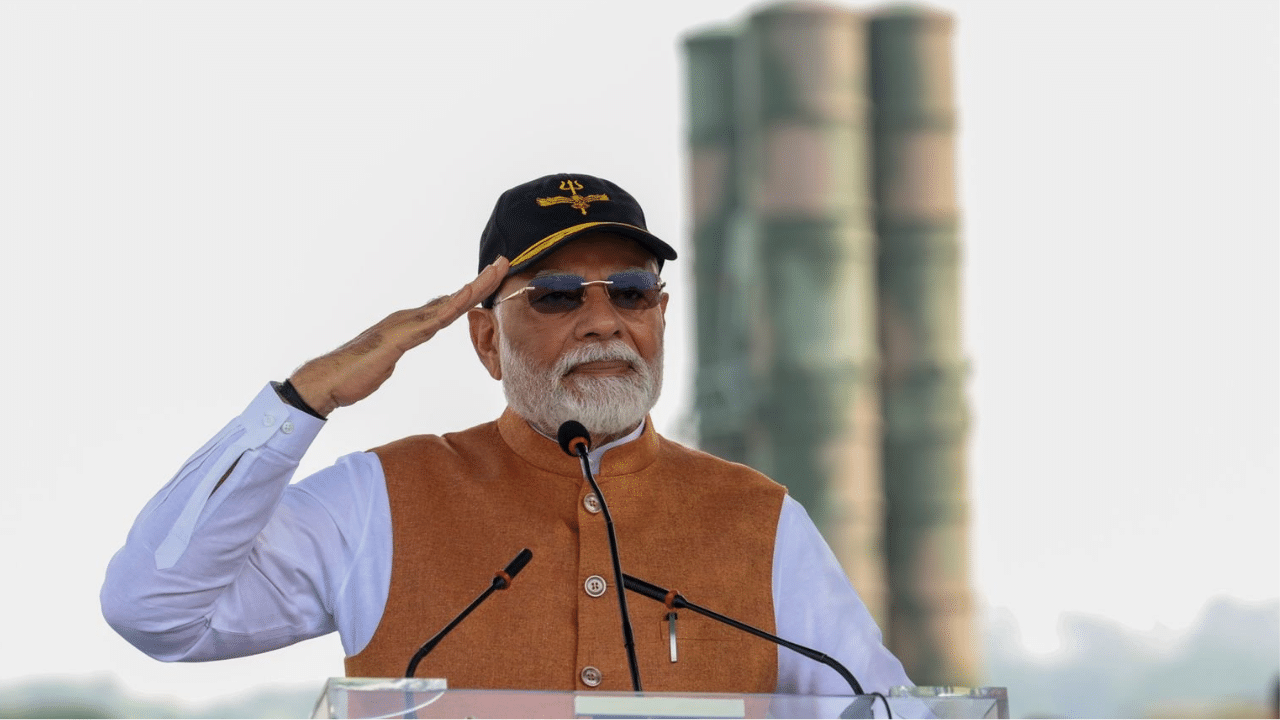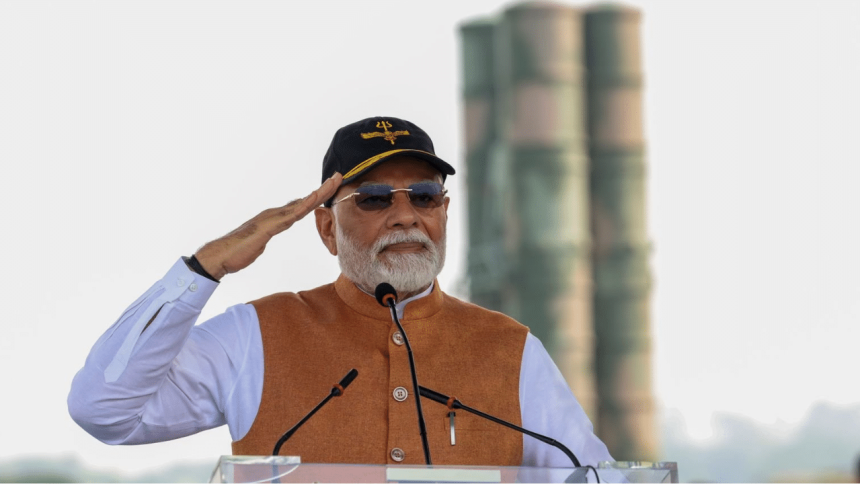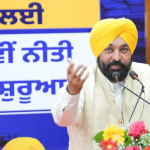
New Delhi: As Narendra Modi’s government completes 11 years in power, India has witnessed a remarkable transformation across economic, social, technological and diplomatic fronts.
From 2014 to 2025, the country has grown into a stronger, more self-reliant and digitally empowered nation. With sweeping reforms, infrastructure development and welfare schemes, Modi era has reshaped India’s trajectory.
Economic growth
When Narendra Modi took charge in 2014, India’s economy was struggling with sluggish growth, high inflation and policy paralysis. The GDP growth rate hovered around 6.4%, while inflation was over 8%, impacting household expenses. The government’s economic reforms over the years, including Goods and Services Tax (GST) and the Insolvency and Bankruptcy Code (IBC), helped stabilize the economy.
The introduction of GST in 2017 streamlined the complex indirect tax system, boosting business efficiency. The IBC, launched in 2016, provided a structured mechanism to address corporate debt, bringing more transparency to financial resolutions.
The country’s nominal GDP, which stood at around $2 trillion in 2014, is projected to cross $5 trillion by 2025, fulfilling one of PM Modi’s key promises. Major initiatives like “Make in India” and “Atmanirbhar Bharat” have boosted domestic manufacturing, making India more self-reliant and less dependent on imports.
Digital transformation
In 2014, India was largely a cash-based economy, with digital transactions playing a minor role. However, the government’s Digital India campaign, launched in 2015, changed the landscape. The introduction of Unified Payments Interface (UPI) in 2016 made digital payments seamless and accessible to the masses. Platforms like Google Pay, PhonePe and Paytm became household names, revolutionizing everyday transactions.
In 2014, UPI transactions were nonexistent. The “Jan Dhan Yojana”, launched in 2014, also played a crucial role in financial inclusion, bringing over 50 crore unbanked people into the formal banking system. Today, India stands as a pioneer in digital financial inclusion, with even small vendors accepting payments through QR codes.
Infrastructure boom
India’s infrastructure has seen massive growth under Modi government. In 2014, road and highway construction faced delays due to bureaucratic hurdles and funding issues. Over the next decade, the government fast-tracked infrastructure projects. The construction of highways increased from 4,000 km per year in 2014 to nearly 12,000 km annually by 2025, significantly improving connectivity.
The launch of the Bharatmala and Sagarmala projects gave a major boost to road and port infrastructure, enhancing logistics efficiency. The UDAN scheme, introduced in 2016, improved regional air connectivity by establishing 100 new airports, making air travel accessible in smaller cities. The introduction of Vande Bharat trains, India’s first semi-high-speed trains, improved travel comfort and reduced journey times.
Defence and security
In 2014, India relied heavily on defence imports to meet its security needs. Over the years, Modi government focused on self-reliance in defence production. Through “Make in India” initiative, the country started manufacturing indigenous defence equipment, reducing dependency on foreign suppliers.
India’s defense exports, which were around Rs 2,000 crore in 2014, are projected to surpass Rs 20,000 crore by 2025. Indigenous products like Tejas fighter jets, BrahMos missiles, and Pinaka rocket systems are now being exported to countries like Indonesia, the Philippines, and Armenia. The Agnipath scheme, launched in 2022, modernized the armed forces by recruiting young soldiers on a four-year contract, improving the strength and efficiency of India’s military.
Social welfare
One of the biggest achievements of Modi government has been its focus on social welfare and poverty alleviation. In 2014, welfare schemes were fragmented and poorly implemented. The government introduced Direct Benefit Transfer (DBT) to streamline welfare distribution, reducing leakages and corruption.
Ayushman Bharat scheme, launched in 2018, became the world’s largest healthcare initiative, providing Rs 5 lakh health insurance coverage to over 55 crore people. The Pradhan Mantri Awas Yojana (PMAY) provided affordable housing to millions, with over 3 crore homes built by 2025. The Ujjwala Yojana, introduced in 2016, gave free LPG connections to over 9 crore rural households, improving their quality of life by replacing smoky chulhas with clean cooking fuel.
PM Garib Kalyan Anna Yojana, launched during the COVID-19 pandemic, provided free ration to 80 crore people. Even in 2025, the government continues to provide subsidized food grains to ensure food security for the underprivileged.
Education and skill development
In 2014, India’s education system needed modernization to meet global standards. The New Education Policy (NEP), introduced in 2020, marked a significant reform by replacing the 10+2 system with a 5+3+3+4 structure, emphasizing skill development and multidisciplinary learning.
By 2025, the government aims to establish 500 Skill India centers, offering training in emerging technologies such as AI, robotics, and data science, improving the employability of youth. Additionally, initiatives like PM eVidya and Swayam have made online education accessible, especially during the pandemic, promoting digital literacy across the country.
Foreign policy
In 2014, India’s global influence was limited, but Modi’s proactive diplomacy enhanced the country’s standing. Through initiatives like Act East Policy and Neighbourhood First, India strengthened ties with Southeast Asian and South Asian nations. The government’s focus on bilateral trade agreements and strategic partnerships with countries like the US, Japan, Australia, and France positioned India as a key player on the global stage.
Hosting G20 summit in 2023 showcased India’s growing leadership in global economic decision-making. The International Solar Alliance (ISA), co-founded by India in 2015, promoted global cooperation on renewable energy.
Renewable energy and sustainability
In 2014, India’s renewable energy capacity was limited. However, Modi’s government prioritized green energy, making India one of the largest producers of solar and wind energy. The country’s solar capacity, which was around 2.6 GW in 2014, is projected to exceed 150 GW by 2025.
The promotion of electric vehicles (EVs) and the expansion of EV charging stations have boosted the country’s sustainability efforts.










